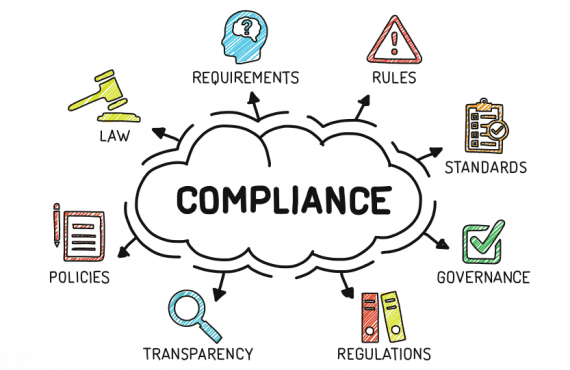Jeannine LeCompte, Publishing and Research Coordinator
An annual assessment of the compliance and ethics program of any long-term care facility using Medicare or Medicaid funding must include a complete review of the education and training program. This assessment must provide a detailed review of how the facility communicates the company’s compliance and ethics program standards, policies, and procedures to the entire staff, contractors, volunteers, and vendors.
This assessment must provide written records of the nature, duration, and effectiveness of all training programs. The easiest way of showing the effectiveness of training programs is to provide a written record of staff behavior violation rates before and after such training.
The assessment must also provide evidence of the quality and competency of the training program, details of corrective action plans and remedial measures, and the nature of communications about misconduct and potential violations. This can be shown through written records of how such communications are transmitted to staff, vendors, and contractors. The assessment must be able to show that the guidance on such issues is readily available to all staff and that none can say that they were not aware of it or had received no training.
The assessment must also show that compliance training occurs throughout the organization and that all aspects of the relevant legislation are made accessible in an easily understandable format to staff at all levels.
In addition, it must be shown that a mechanism exists whereby all staff, vendors, and suppliers understand their compliance responsibilities. This forms part of the legal requirement to promote a culture of compliance throughout the organization. Employees should be encouraged to seek guidance and clarification whenever questions or issues may arise.
The assessment must be able to show that compliance education is part of all new employee training, and also part of a continuing education program among existing staff. Those employees who are engaged in occupations which may be classified as “high-risk” must also receive risk-specific training. Participation in all such compliance training programs must be documented and available for inspection.
Finally, the assessment must be able to show that human resources management personnel are trained and capable of recognizing compliance risk associated with employee misconduct.




































